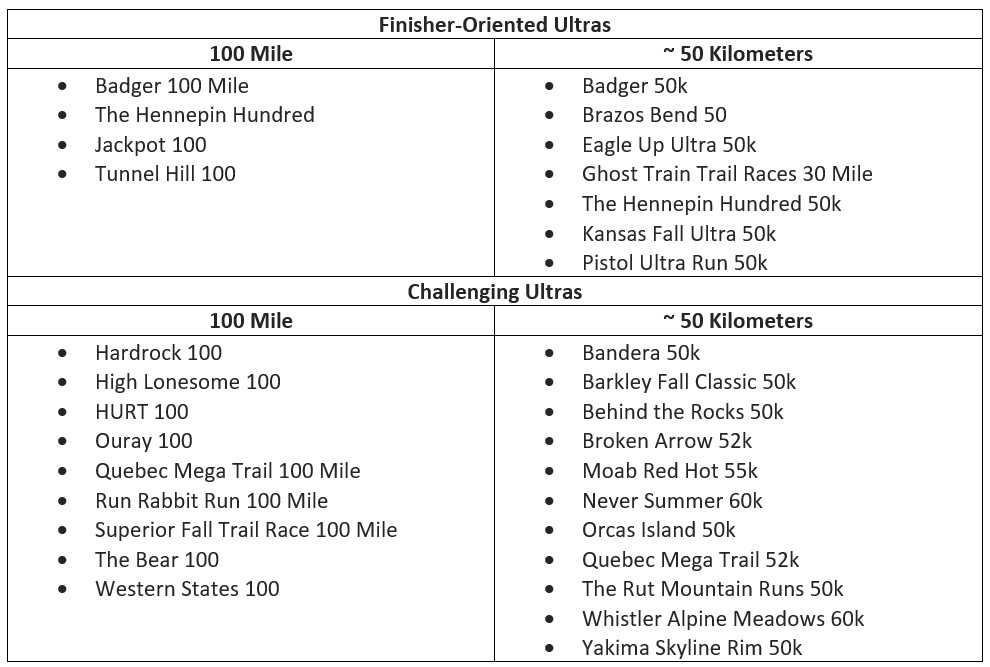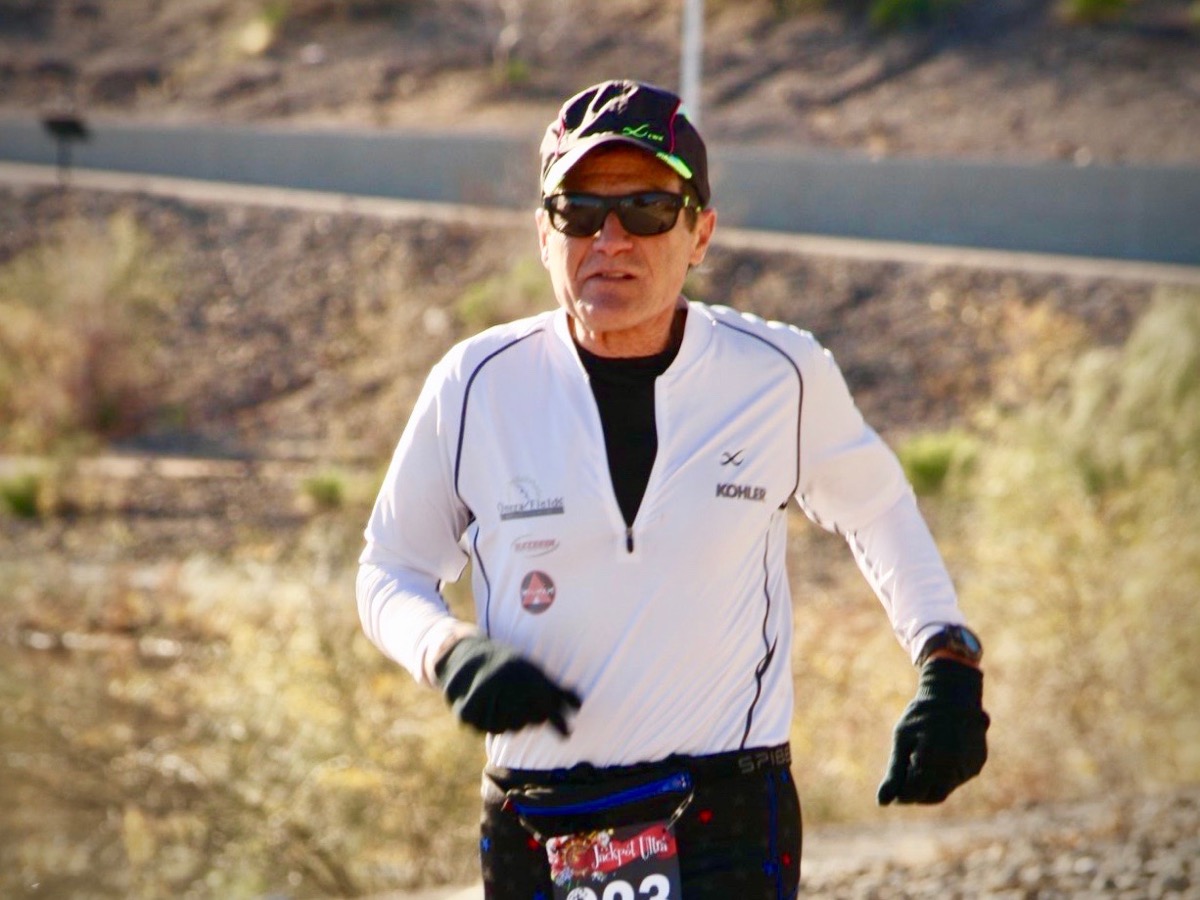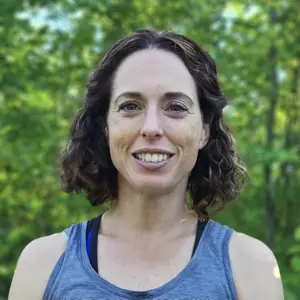Around the time that I came across iRunFar — I used the “Relentless Forward Progress” book to train for my first 50-kilometer race — some esteemed voices within the sport published articles on the website about the rate of women’s participation in ultramarathons, such as this 2012 article by Ellie Greenwood and this 2015 article by Gina Lucrezi.
The articles were thoughtful and hold up well. And iRunFar readers kept the discussion going in the comments section. They discussed the barriers anyone faces to participating in ultramarathons, and possible solutions. Some commenters raised an idea I’d not personally considered up to that point: time cutoffs. The challenges of time cutoffs have since become a theme in iRunFar’s Age-Old Runners series by Liza Howard, too.
I know from the experience of volunteering at long ultras that there are logistical and safety reasons why time cutoffs exist. While those heroes who operate aid stations for 30-plus hours — often in remote areas — certainly exist, they’re a rare breed. I understand when a race director enforces cutoffs that one of the reasons is to keep volunteer coordination and medical coverage manageable.
I understand, too, that tight limits on how long we can take to finish a race often contribute to the challenge and appeal of certain events. But races with more forgiving time cutoffs contribute something valuable to the trail running community, too. Let’s dig into what the data says about how these races welcome first-timers, keep people in the sport longer, and contribute to the diversity of the broader trail community.
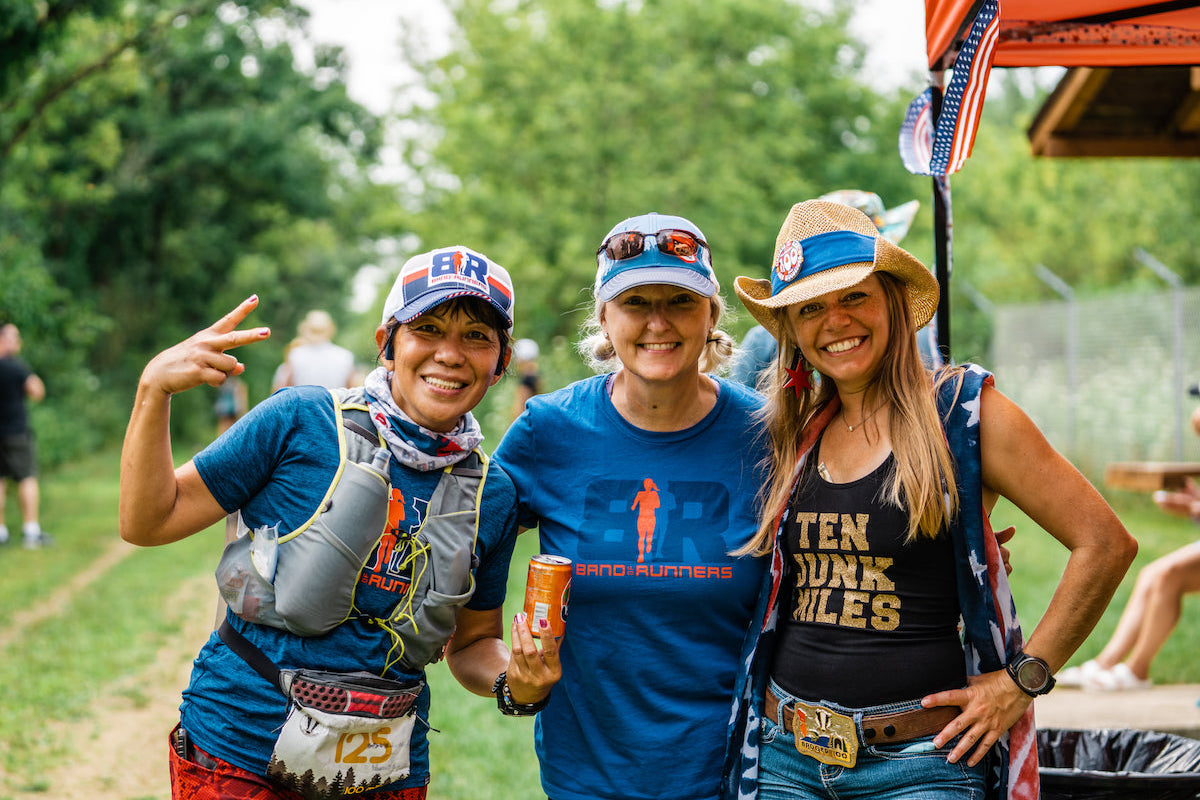
From left to right are runner Bertha Lotje Woehl, pacer Clara Beaudet, and aid station captain Holly Lindroth at the 2021 Badger 100 Mile. This race is known for its fun atmosphere and generous cutoff times. Photo: Will Harrison
A couple of caveats here. I am working with race results data, which usually gives each participant’s self-disclosed age and gender. I know this leaves a gaping hole in any discussion about diversity and inclusion, because it doesn’t give us insight into the ethnicities or socioeconomic status of participants — or the countless other things that make us unique. Those identities matter in a conversation about diversity, and I’m aware that’s a big shortcoming of this just-for-fun analysis.
To start my analysis, I compiled a selection of results for two types of trail races — events known for being particularly challenging, and those which I categorized as finisher-oriented. I defined a finisher-oriented 100-mile race as one that offered runners at least 30 hours to cover 100 miles, over terrain that had significantly less elevation than the Western States 100.
For my sample group of 50k races, I tried to select events that were held concurrently with 100-mile races. Since the course was open for a long time for the 100-mile runners, 50k runners were afforded plenty of time to finish. The table below shows you a breakdown of my race sample.
I included races that were a little under or over 50k because, for the purposes of this experiment, the important thing was who registered and finished, not how long they spent on the course.
Then I analyzed my dataset to compare finisher-oriented ultras to challenging ones, to see if there were differences in who chooses to run each type of event, and consequently finishes them. My findings are in the tables below.
Did you see? Across both distances, the finisher-oriented ultras had greater proportions of finishers who were women and/or masters or grandmasters.
Choosing to race and deciding on which event to take on are personal decisions. Some people embrace the challenge of tough courses. Some people challenge themselves on flatter courses to set personal bests in a given distance. Given how much runners invest in their training and racing, it makes sense that many runners choose races with cutoff times that give them more breathing room in their quest for a medal or belt buckle.
These events can be more fun for a runner who might otherwise be racing the clock, or feeling that nothing short of a perfect day will allow them to put their training to good use. I know at least a few of these races make a conscious commitment to provide the same stellar treatment to runners regardless of where they are in the pack, too: no picked-over aid stations. Registration numbers show the community values these races, and the finisher demographics show they are inviting people into, or keeping them in, the sport.
The conversation about diversity in trail running and ultrarunning is ongoing. If we value a welcoming community and growth in the sport, it makes sense to promote races that allow runners of a range of abilities a good shot at finishing. Some races are contributing to this growth by attracting runners who are, by comparison, less represented at some iconic and challenging North American races.
The takeaway here? There’s more than one kind of great trail race and ultramarathon. We rightfully celebrate the tough and competitive events. But we also have a lot of love for the race directors and volunteers who, by putting in extra hours on the course, enrich our sport, too.
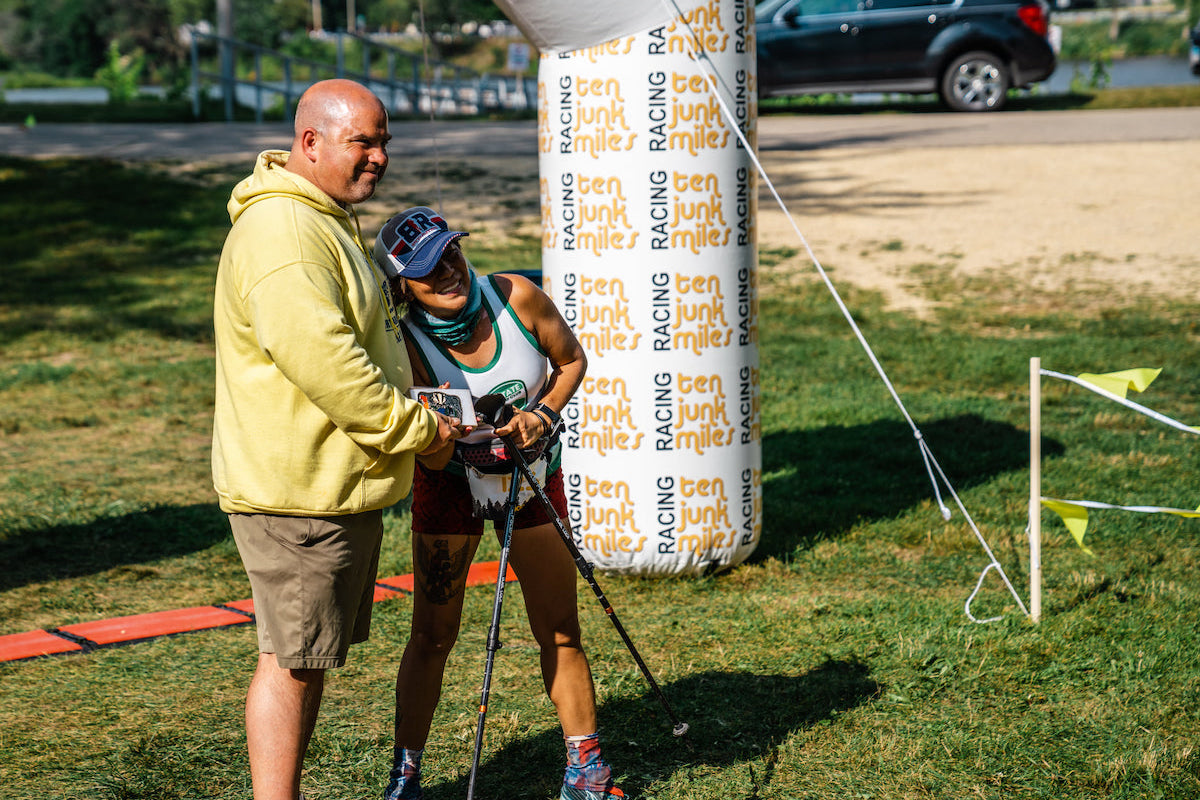
Race director, Scott Kummer, and 53-year-old Bertha Lotje Woehl at the finish of the 2021 Badger 100 Mile. Photo: Will Harrison
Call for Comments
- What are your thoughts on this?
- Do you find time cutoffs to be a barrier, preventing you from trying any races you’d love to do?
